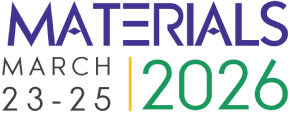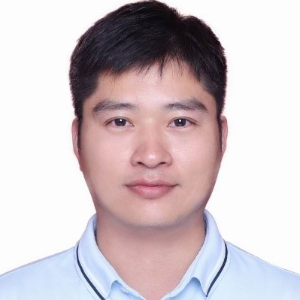Title : Porous carbon based composites for energy storage via high internal phase emulsion template
Abstract:
Hierarchically porous carbons (HPCs) are a class of highly interesting materials with wide applications. This presentation mainly reported the preparation of HPC based composites owning enhanced energy storage capability with the aid of high internal phase emulsion (HIPE) template. At first, a series of N-doped porous carbons (NPCs) are prepared via HIPE template, followed by growing polyaniline (PANI) arrays and subsequent carbonization/activation. The NPCs have interconnected hierarchical porous structures with abundant micro- and mesopores. The porous structures of NPCs can be tuned by changing aniline concentration and polymerization time, respectively. By tuning the conditions, the specific surface area (SSA) of NPCs increases to 1768.6 m2/g. The specific capacitance of optimized NPC reaches up to 241.2 F/g at 1 A/g with a retention ratio of 97.8% after 10, 000 cycles at a high current density, proving its excellent energy storage capability and cycling stability. To further increase the SSA and performance, a novel strategy, namely internal phase-external phase coefficient high internal phase emulsion (IP-EP coHIPE) template, to prepare HPCs with notably enhanced porosity and SSA. In this strategy, sodium alginate (SA) solution which was employed as the internal phase was emulsified in external oil phase containing divinylbenzene (DVB) as monomer & crosslinker. HPCs were obtained by external phase polymerization, internal phase crosslinking and carbonization in sequence. Compared with conventional HIPE template, IP-EP coHIPE template can provide HPCs with enhanced porosity and increased SSA (high to 2280 m2/g) due to the utilization of the void space of the general HIPE-based HPCs via facile internal phase cross-linking. The porous architectures of HPCs can be adjusted by changing the concentration and volume fraction of SA solution internal phase. The specific capacitance of optimized HPC is 306 F g-1, much higher than 145 F g-1 of HPC from traditional HIPE template (HPC-b) at 1 A g-1. Furthermore, Co-doped Ni nanoparticles/oxygen-enriched HPCs (Co-Ni/OHPCs) by a modified IP-EP coHIPE templating. The OHPC framework provides high surface area and structural stability, meanwhile Co doping can significantly reinforce the electrochemical performance of the Co-Ni/OHPCs battery-type electrodes. By changing the ratio of N2+/Co2+, the optimized Co-Ni/OHPC electrode exhibited excellent electrochemical performance of 498.5 F g-1 at 1 A g-1 and 817.3 F g-1 at 5 mV s-1, respectively. Furthermore, coupling with an activated porous carbon anode, the assembled hybrid supercapacitor possessed an appreciable energy density of 66.94 Wh kg-1 at 409.9 W kg-1 and a retention ratio of 73.9% after 5000 cycles, showing considerable application prospects.
Audience Take Away Notes:
- The authors expect to offer the use for reference to prepare porous polymers or carbons with enhanced porosity and resultant performances via HIPE template method
- The audience may be inspired to prepare porous materials with desired porous architectures or to modify the porous walls
- The research expands the capability of HIPE template in preparing porous materials. The research may provide new strategy to prepare NPCs with interconnected porous structure
- It can provide some new information to the preparation of porous materials



